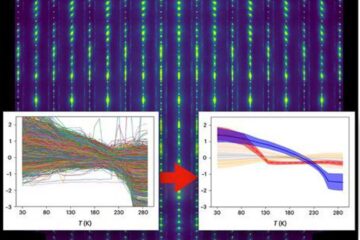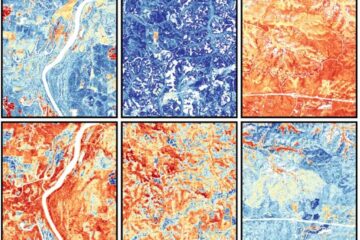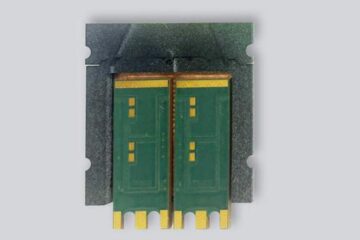Reduced tillage doesn't mean reduced cotton yields under drip irrigatio

Loss of production may be one concern cotton producers have on the Rolling Plains when considering switching to reduced- or no-tillage systems, said Dr. Paul DeLaune, Texas AgriLife Research environmental soil scientist in Vernon.
Not only will cotton growers not lose production with subsurface drip irrigation, their economics will improve, according to DeLaune's latest research article that will appear in the July-August issue of Agronomy Journal.
DeLaune's study on cotton production as affected by irrigation level and transitioning tillage systems was designed to identify water management strategies that conserve and protect water resources within semiarid environments.
“We found that tillage has no impact on yields, the net returns are greater and, because we can deficit irrigate, we can save energy and water,” he said.
The three-year study included five irrigation regimes, from 0 percent to 133 percent of evapotranspiration replacement, and evaluated four tillage systems — conventional till, reduced till, no-till and no-till with a terminated cover crop, he said. Treatments were replicated three times in a randomized complete block design.
The results showed lint yields were not affected by tillage or the interaction of tillage and evapotranspiration replacement, DeLaune said. The greatest lint yields and net returns were achieved at 100 percent evapotranspiration replacement. Optimum lint yields and net returns were achieved at 104.5 percent evapotranspiration and 102 percent evapotranspiration, respectively.
However, he said the models showed that producers could irrigate at 83 percent evapotranspiration and maintain optimum yields. The net returns where significantly higher for no-till systems compared with conventional till because of reduced labor and inputs.
“We concluded the adoption of conservation tillage systems should not negatively affect lint yield or net returns in deficit-irrigated subsurface drip irrigation cotton systems within the Rolling Plains, particularly during the transition from intensively tilled systems to conservation tilled systems.”
While only 16 percent of planted cotton is irrigated in the Rolling Plains, irrigation accounts for 41 percent of the harvested cotton, DeLaune said. In such environments, it is important to determine management practices that conserve or best use water resources.
Media Contact
More Information:
http://www.tamu.eduAll latest news from the category: Agricultural and Forestry Science
Newest articles

Machine learning algorithm reveals long-theorized glass phase in crystal
Scientists have found evidence of an elusive, glassy phase of matter that emerges when a crystal’s perfect internal pattern is disrupted. X-ray technology and machine learning converge to shed light…

Mapping plant functional diversity from space
HKU ecologists revolutionize ecosystem monitoring with novel field-satellite integration. An international team of researchers, led by Professor Jin WU from the School of Biological Sciences at The University of Hong…

Inverters with constant full load capability
…enable an increase in the performance of electric drives. Overheating components significantly limit the performance of drivetrains in electric vehicles. Inverters in particular are subject to a high thermal load,…





















